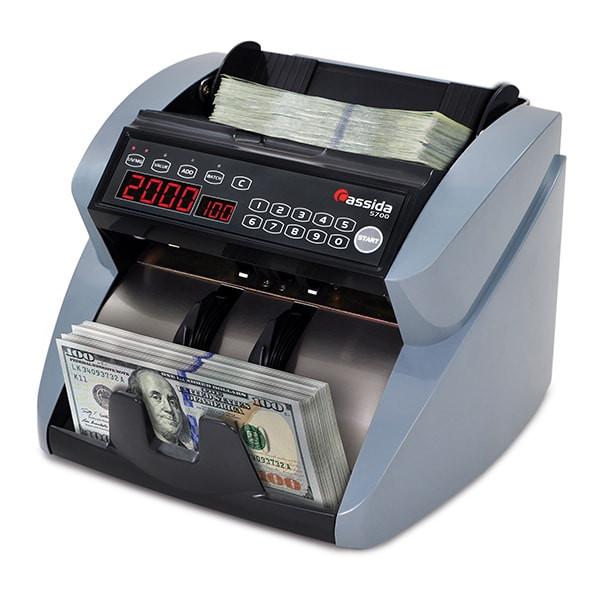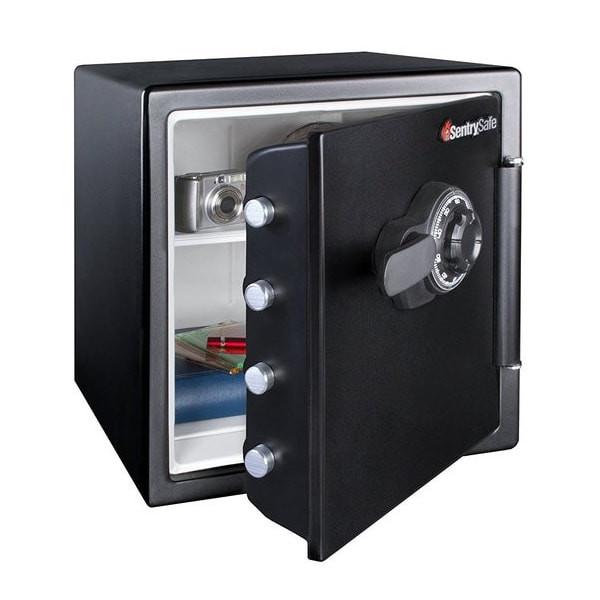Artificial Intelligence Helps Combat Luxury Counterfeits

Approximately 2.5 percent of all global imports to the United States are counterfeit goods, prompting many companies to explore different avenues to identify fake merchandise. From luxury handbags to high-end sneakers, counterfeit goods span all industries. Sales of these fake products amounts to $500 billion, much of which funds organized crime, such as human trafficking.
U.S. Customs seized more than 34,000 shipments of counterfeit luxury goods in 2017, nearly a 10 percent increase from the previous year. As a result, retailers are looking for new ways to spot the real goods from the fakes. Some companies are turning towards technology to help solve the problem. Many businesses are utilizing artificial intelligence programs to combat the influx of luxury counterfeits.
Like counterfeit money detectors, artificial intelligence looks for inconsistencies and errors to separate the fakes from legitimate merchandise. While implementing the new technology is still fairly expensive, demand is gradually increasing. Consider the artificial intelligence program like a more advanced ID scanner.
Goat, a platform for luxury sneaker sellers, is one company that’s implementing artificial intelligence to identify counterfeit goods. In order to list shoes for sale, sellers must first submit photos of the shoes for human experts to analyze. After the human expert has examined the images, the seller sends the shoes to Goat to be further analyzed by an artificial intelligence system.
Considering the company has a zero-tolerance reputation for counterfeit shoes, there’s no room for error. According to Andy Shin, Goat CTO, while the shoe database has continued to grow, the number of fakes has gone down dramatically.
Like Goat, Entrupy, a luxury handbag company, implements artificial intelligence to help identify fake merchandise before it’s sold to customers. The handbag authentication company uses a database of microscopic images from handbags dating back as far as 80 years. The algorithm analyzes tiny, miniscule details of each handbag to determine its authenticity.
“Even if microscopic details are observed [by counterfeiters], manufacturing objects at a micron or nano-level precision is both hard and expensive,” said Entrupy’s founders.
In order to determine whether a handbag is real or fake, sellers must clip their phone to a box that takes photos at 250 times magnification. Once the photos are taken, they’re sent to the artificial intelligence system for analyzation. The analysis doesn’t take long and can return a result in as little as a minute, making it extremely efficient for a company with a large influx of real-or-fake products.
As of the writing of this article, the artificial intelligence programs used by Goat and Entrupy aren’t available to the public. The company that created the artificial intelligence system only works with businesses and keeps client information under lock and key, and for good reason. It’s very likely their clients don’t want to be associated with counterfeit merchandise in any way.
While counterfeit merchandise doesn’t generate as much attention as cocaine and other drugs, money from the sales funds the same illicit activities. Many consumers consider purchasing counterfeit goods a victimless crime, but that’s far from the case. Much of the merchandise is made by enslaved children and people locked away in underground factories. Worse yet, it doesn’t look like the demand for counterfeit products will diminish anytime soon.
“It’s a vast market and consumers always have an appetite for a bargain,” said Matt Cope of Britain’s Intellectual Property Office. “Until they can easily identify whether those goods are genuine or not, it will be very difficult for them to make that choice.”
It looks like artificial intelligence may be the world’s best bet in the fight against counterfeit merchandise. As the technology becomes less expensive to utilize, more companies will employ it in their day-to-day operations. Until then, it looks like law enforcement and human experts will remain on the front line in the war on counterfeiting.




Leave a comment